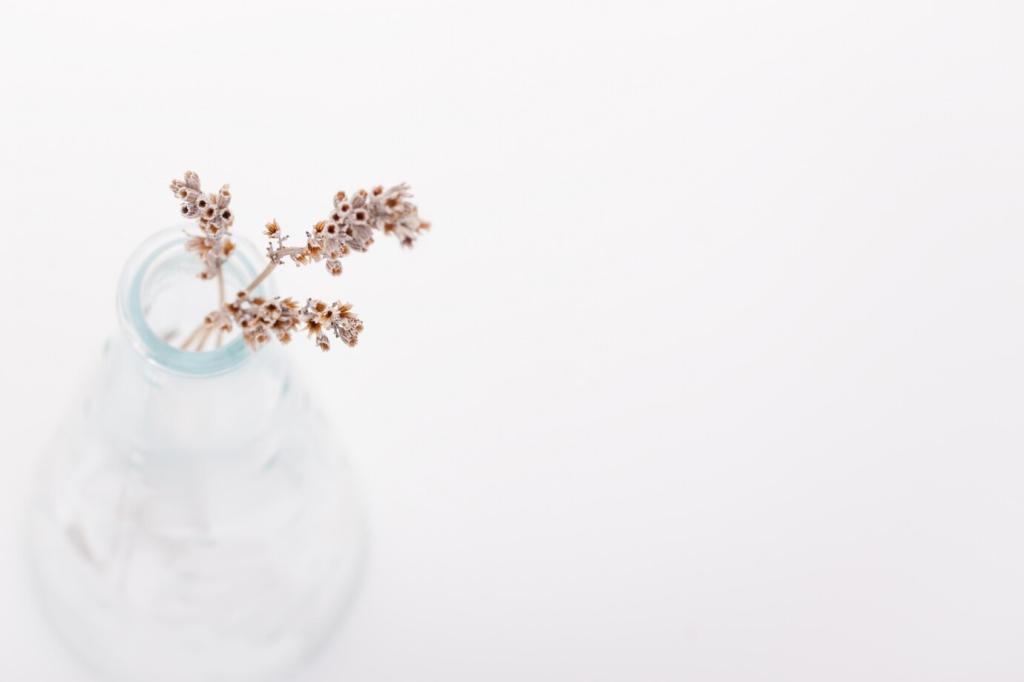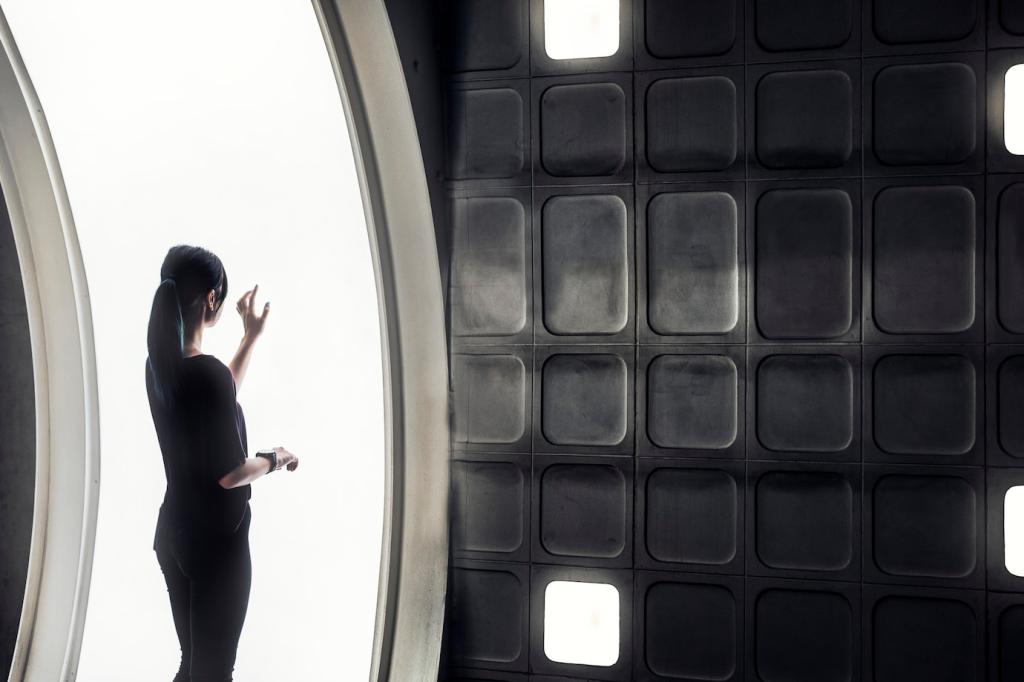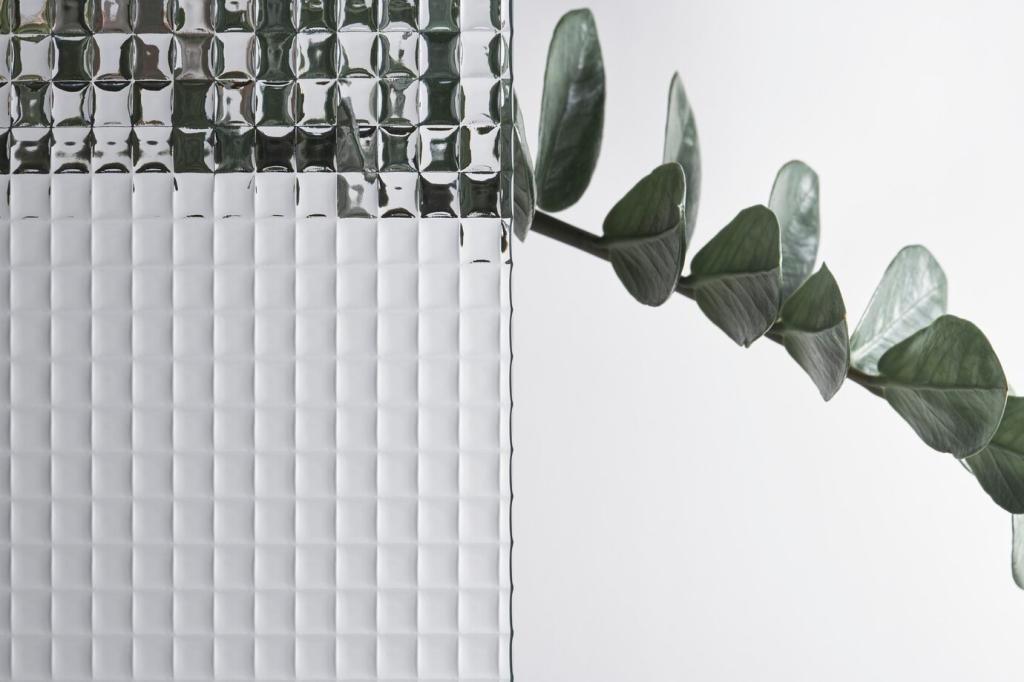Emerging Materials in Minimalist Design
Chosen theme: Emerging Materials in Minimalist Design. Explore how cutting‑edge, low‑impact materials are reshaping quiet aesthetics—clean lines, calm palettes, and enduring function. Join our community, subscribe for updates, and share how you’d apply these materials in your own minimalist projects.
Bio-Based Composites That Quietly Perform
Mycelium foams, algae polymers, and hemp-based panels deliver structural calm without gloss or clutter. Their subtle textures absorb light, soften acoustics, and reduce embodied carbon. Tell us which bio-based material you’ve tested, and what surprised you most during fabrication or finishing.
Ultra-Low-Carbon Metals for Lean Geometry
High-recycled aluminum and emerging green steel enable slender frames and crisp edges with dramatically lower footprints. Bead-blasted or matte-anodized finishes tame reflections, aligning with minimalist restraint. Comment if you’ve compared finish durability across suppliers, and share any scratch or stain test results.
Tactility and Light: Quiet Sensations, Big Impact

Microtextures That Resist Smudges
Ceramic-like powder coats, PVD micro-satin, and fine bead blasts disperse fingerprints while keeping lines crisp. The result feels humble yet intentional. Tell us your favorite microfinish for high-touch zones, and whether you found any trade-offs in cleaning or color consistency.

Translucency for Whispered Privacy
Aerogel-infused glazing, structured polycarbonate channels, and frosted bio-resins bend light, protecting privacy without visual heaviness. One studio reported a morning glow that reduced task lighting needs. Have you measured daylight gains with translucent dividers? Share your lux readings and user feedback.

Warmth Without Visual Noise
Cork composites, natural linoleum, and wool-felt laminates offer quiet comfort underfoot and to the touch, complementing hard planes. Their muted tones steady the eye. Post your best pairings—what neutral surfaces let these warm materials breathe without tipping into distraction?
Sustainability You Can Measure, Not Just Sense
Life Cycle Assessment for Designers
Quick comparative LCAs spotlight hotspots across extraction, manufacturing, and end-of-life. Even simple screening can steer you from high-carbon resins to bio-based alternatives. Have you integrated LCA into concept reviews? Tell us which stage shifted your material decisions most convincingly.
Reading EPDs Without Getting Lost
Environmental Product Declarations summarize impacts like global warming potential and acidification. Focus on declared unit, system boundaries, and data quality. Comment with your strategies for comparing EPDs from different regions, and whether you request supplier-specific data for mission-critical components.
Designing for Disassembly and Material Passports
Hidden screws, reversible adhesives, and snap-fits simplify upgrades and recycling. Digital material passports record resin types, finishes, and batch data for future reuse. What fasteners have balanced elegance and serviceability in your minimalist builds? Share photos or sketches for community feedback.
Prototyping With Purpose: Finish, Join, Validate
Matte anodizing, soft-touch ceramics, and plant-based oils dial down glare without dulling form. Create swatch arrays under varied lighting to compare diffusion and color shift. Share your most surprising finish combo, and whether it changed machining or post-processing times.




Finishes That Embrace Patina
Hardwax oils, microcrystalline waxes, and satin clears allow subtle marks to settle into a unified surface. They keep geometry legible while softening scuffs. What’s your go-to maintenance cycle for matte surfaces? Post intervals, products used, and user training tips.
Repairable by Design
Replaceable skins, reversible fasteners, and standardized modules reduce landfill while preserving minimalist clarity. Document access points so repairs remain discreet. Share a repair story where thoughtful detailing saved a product—and what you’d refine next time for faster service.
Field Note: The Re-Anodized Shelf
A satin-anodized, high-recycled aluminum shelf came back scratched after a move. Re-anodizing restored the calm matte tone without redesign. We added protective end caps to the packaging spec. What small change improved durability for you without complicating assembly?
